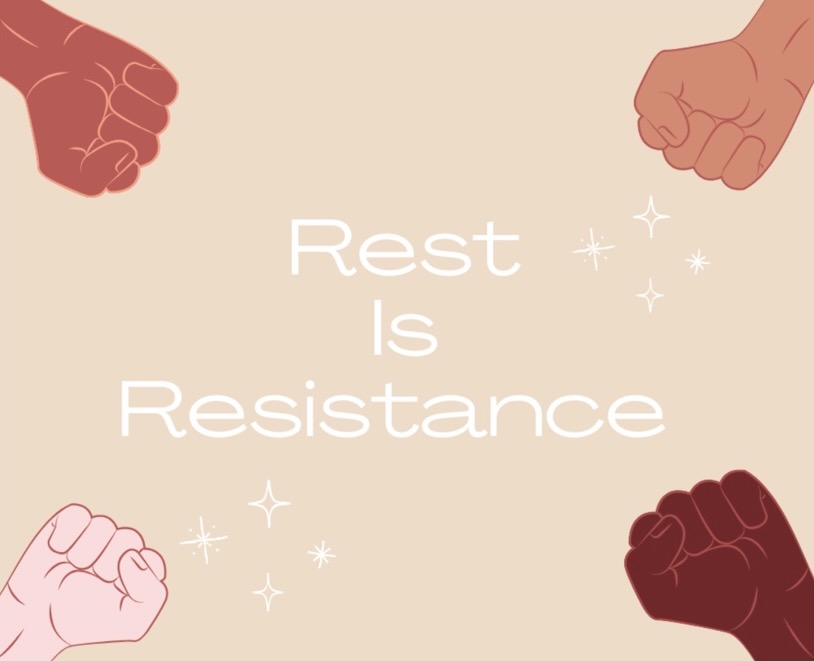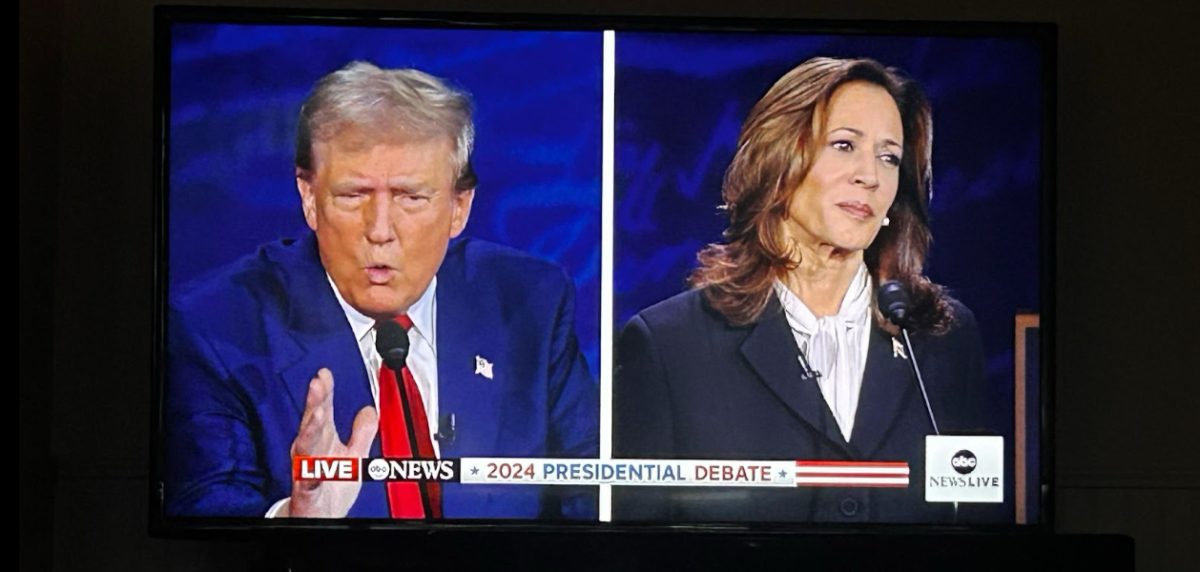In an effort to combat the rising costs of tuition in America, President Barack Obama’s public education policy is being put on full display during four open forums. The first occurred last Wednesday at California State University Dominguez Hills.
The U.S. Department of Education is seeking feedback during these public hearings on what information people need to compare colleges, and what makes certain colleges have more value than others.
“So down the road we’re going to use these ratings, we hope, by working with Congress to change how we allocate federal aid for colleges,” said Obama during his speech about college affordability at Henninger High School in Syracuse, New York on Aug. 22. “We’ve got to stop subsidizing schools that are not getting good results, start rewarding schools that deliver for the students and deliver for America’s future. That’s our goal.”
The president’s policy aims to link financial aid to college performance by establishing a new college ratings system before the 2015 school year.
In 2018, after these ratings have been established, legislation will be sought to direct taxpayer dollars towards schools that perform well within this system.
According to a fact sheet released by The White House, colleges will be ranked based on access, affordability and outcomes such as graduation rates and graduate earnings.
All of these factors will be used to determine how well colleges are performing, with students attending high-performing colleges receiving better Pell Grants and student loans by 2018.
Many, however, criticize the president’s approach, including House Committee on Education and the Workforce Chairman John Kline (R-MN).
“While I am pleased the president’s new plan recognizes the importance of promoting innovation and competition in higher education, I remain concerned that imposing an arbitrary college ranking system could curtail the very innovation we hope to encourage – and even lead to federal price controls,” said Kline in a press release on Aug. 22.
According to collegemeasures.org, Sonoma State University has a 56.7 percent graduation rate, ranking 13th best compared to 32 other California universities.
Whether or not the ratings system will include separate sections for colleges will be crucial, as Sonoma State University jumps up to fifth best in graduation rates when only considering California State Universities.
According to the White House fact sheet released on Aug. 22, rankings will compare schools with ‘similar missions,’ yet many still seek a more specific answer of how private and public colleges will interact, including American Council on Education President Molly Corbett Broad.
On Sept. 6, Broad expressed two major concerns in her weekly email newsletter to higher education leaders. The first was about how different colleges will be grouped in the ratings system, and the second about the criteria in which these ratings will be based on.
“The data sets used to create the rankings will be very important. Unfortunately, the only data available to the department of education, at least initially, will be information collected through the Integrated Postsecondary Education Data System,” said Broad. “Not only are there limited federal data that address questions of value and affordability, there are real concerns about the accuracy of some of the information.”
U.S. Secretary of Education Arne Duncan spoke to the TIME Summit on Higher Education on Sept. 22 in defense of the ratings system, despite the complexity of the issue.
“We know there are no silver bullets or easy solutions here. But we also know we can’t let the difficulty of the challenges facing higher education become a discussion-ending excuse for inaction,” said Duncan. “We are better than that, smarter than that, more committed than that.”

































